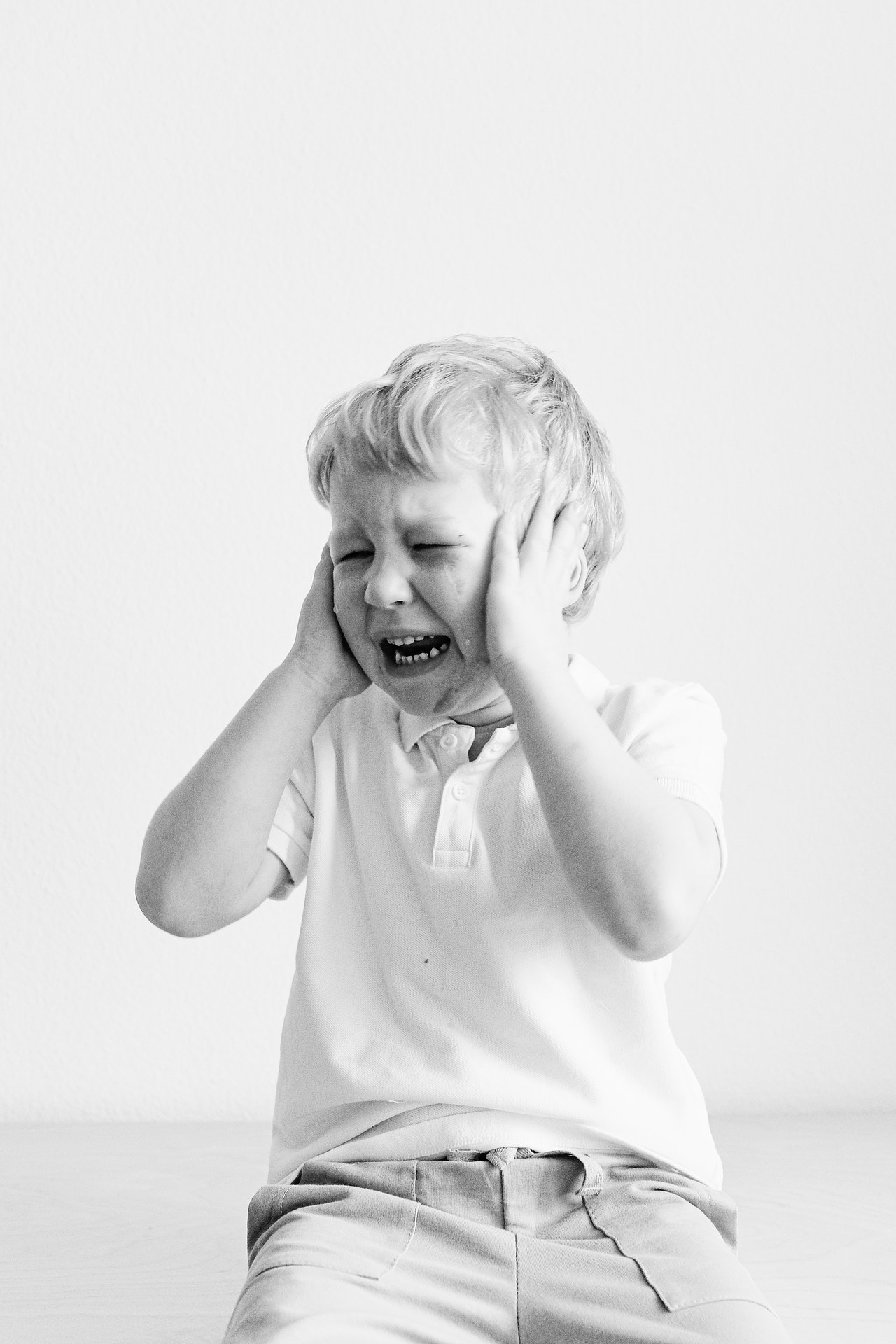Are kids crazier than usual on the full moon, the blue moon, or the super moon?
After the grandparents’ visit, after a weekend or a Wednesday with the other parent, on Halloween?
No matter what the circumstance that seems to generate that “crazier than usual” question, the answer is…yes. They are “crazier” than usual.
It’s a yes if you define crazy as their buttons being easier to push. It’s a solid yes if you define crazy as more intense reactions to those buttons, or as an expanded intensity in any of the ways kids are random, from an adult’s perspective.
But the backstory that challenges us, as adults, is deeper than this “yes.” I wish I could tell you that circumstances like a full moon create these results. But honestly? We are the dancers who lead in this tango to hell. Our anticipation of bigger cray-cray in response to a set of circumstances is what drives that outcome—much more than the circumstances themselves.
In fact, adults regularly and unintentionally teach kids how to behave in response to circumstances—with how we talk about them. We create labels for and stories about them and give a lot of attention to kids’ alignment with those stories.
Here’s how I know: a young girl of seven proudly announced to me, “I’m hyper all the time!”—told me three times in the span of 15 minutes, insistent that I join her in this illusion. And children as young as four regularly tell me stuff like that about themselves. “I’m shy.” “I’m the worrier in the family.” “I’m a tough guy.” “I’m the ‘weird’ one.” Truly. These are direct quotes.
Where do young children learn to label themselves with words like that?
You know. You know where they learn it. From you. From me. We tell them what and who they are.
We grab hold of their behavior and create labels for them as people. We transfer our fears about how others judge our parenting or teaching, or we project our memories of our childhoods onto them, and we tell them who they are. We don’t say that their behavior is wild or shy. We tell the child they are that. We label children, over and over, or we tell our story about them, in front of them, within their earshot.
And that’s it for them. Forever—or for a long, long time. We write our labels into the permanent record of their brain as it dutifully responds by hardwiring our story into their self-image. From birth to five, their brains are constructing at the rate of 1,000,000 new neural connections per second. And those connections are reactions to their environment—brains wire up around experience, circumstances.
And we continue to sell children our labels until they buy them. After all, aligning their behavior with our expectations gets them a ton of our attention, which is the gold they want.
“Oh! You notice me when I am shy or nervous or whatever you just said? I can do that if it means you’ll keep looking at and talking to me!” These labels put children in little, social-emotional boxes they may never get out of. And their true potential is lost in the fog of that early story.
Care to take a look now at your labels? What personality did you buy into? What little box did you climb into at age two or three?
And are you still in there, Shy Girl, Tough Boy, Wild One? If you weren’t so convinced you belong in that little definition, who else could you be?
This kind of labeling of children by adults is not trauma, but it’s definitely not helpful to an emerging self-concept. Labels limit kids, at the time they are just beginning to understand who they are, to express what they need, want, think, and feel.
How can you stop yourself from drawing such small containers around those expressions? First, build a stronger self-awareness filter between your mind and your mouth. Notice when you are about to label a child as being a way, such as “pushy” or “sweet” or “quiet.”
Before these labels come out of your mouth, can you take a step back? Pause and say to yourself, “This child is unique, with many traits, many strengths, and many learning curves, which all express at different times. This child is not one thing but many things.”
Then, consider voicing an “I am” version of these words to yourself in the mirror every day: I am unique, with many traits…
Today, can you start to hear what you say to the children in your life about who and what they are? Can you begin to catch yourself before you close the lid on another little box of identity? In preview mode, let yourself first hear what label will follow you are…?
Are they? Are you sure?
Perhaps, too, begin to hear what you tell others about yourself, noticing the boxes that limit your self-definition. What comes after your I am…?
Are you? Are you sure?
~











Read 1 comment and reply